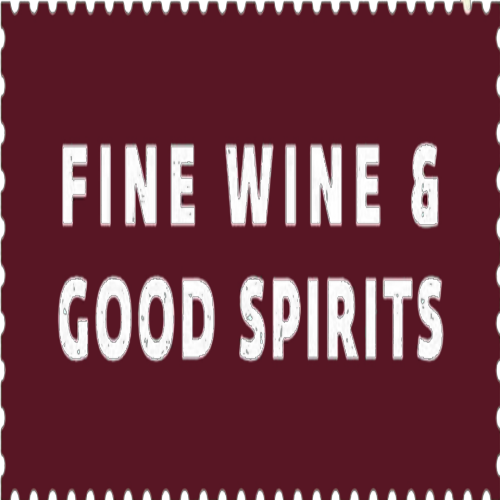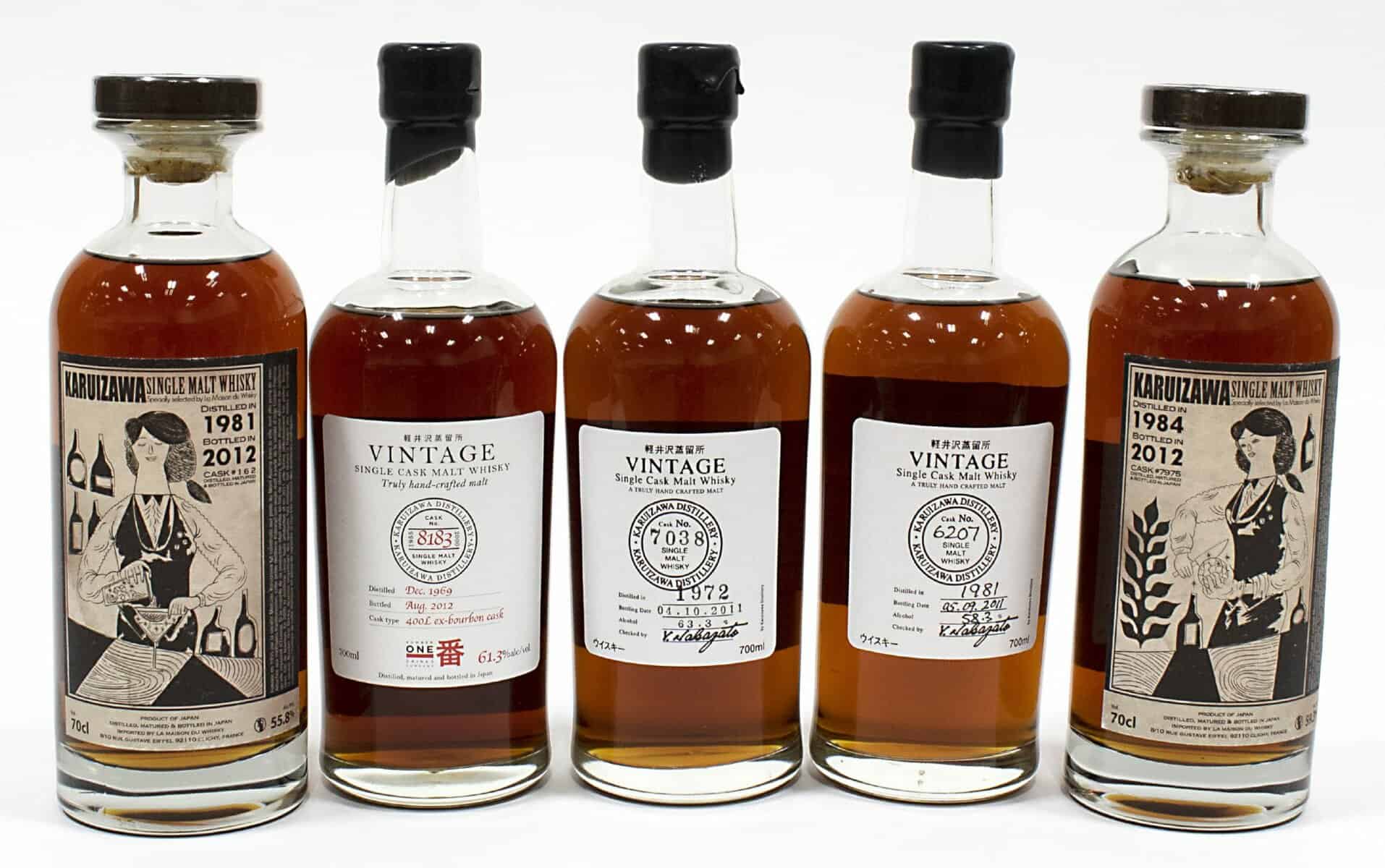Welcome to the captivating world of fine wine and good spirits. Whether you’re a seasoned connoisseur or a curious novice, this article will guide you through everything you need to know about these luxurious beverages. From understanding the nuances of different types of wines and spirits to tips on how to enjoy them to their fullest, we cover it all. Let’s embark on this flavorful journey together.
Key Takeaways
- Understanding the different types of fine wine and good spirits
- Tips for selecting and tasting wines and spirits
- Importance of proper storage and serving techniques
- Exploring the cultural significance and history
- Health benefits and considerations
Understanding Fine Wine
Types of Fine Wine
Fine wine is often categorized by its grape variety, region of origin, and production method. Here are the primary types:
- Red Wine: Made from dark-colored grape varieties, red wine is known for its rich flavors and tannins. Popular types include Cabernet Sauvignon, Merlot, and Pinot Noir.
- White Wine: Produced from green or yellowish grapes, white wines are typically lighter and more refreshing. Chardonnay, Sauvignon Blanc, and Riesling are some well-known varieties.
- Rosé Wine: This wine gets its pink hue from limited contact with grape skins. It combines the characteristics of both red and white wines, making it versatile and enjoyable.
- Sparkling Wine: Known for its effervescence, sparkling wine is perfect for celebrations. Champagne, Prosecco, and Cava are popular examples.
- Dessert Wine: Sweet and often fortified, dessert wines like Port, Sherry, and Moscato are typically enjoyed with or as dessert.

How to Select Fine Wine
Selecting fine wine can be a delightful yet daunting experience. Here are some tips to help you choose the perfect bottle:
- Know Your Preferences: Understand your taste preferences. Do you enjoy dry or sweet wines? Full-bodied or light?
- Consider the Occasion: The occasion can dictate the type of wine. For example, a celebratory event might call for sparkling wine, while a cozy dinner might be perfect for a robust red.
- Read the Label: Wine labels provide valuable information about the grape variety, region, and vintage. Familiarize yourself with these details to make informed choices.
- Seek Recommendations: Don’t hesitate to ask for recommendations from wine shop staff or consult reviews and ratings.
Exploring Good Spirits
Types of Good Spirits
Good spirits encompass a wide range of distilled beverages, each with unique characteristics and production methods. Here are some of the most popular types:
- Whiskey: Made from fermented grain mash, whiskey is aged in wooden casks, giving it a complex flavor profile. Notable types include Scotch, Bourbon, and Irish whiskey.
- Vodka: Known for its purity and versatility, vodka is distilled from grains or potatoes. It’s a staple in many cocktails.
- Rum: Produced from sugarcane byproducts, rum is often aged in oak barrels. It ranges from light to dark varieties.
- Gin: Flavored with juniper berries and other botanicals, gin is a key ingredient in classic cocktails like the Martini and Gin & Tonic.
- Tequila: Made from the blue agave plant, tequila is a Mexican spirit enjoyed in various forms, including Blanco, Reposado, and Añejo.
How to Enjoy Good Spirits
Enjoying good spirits is an art. Here are some tips to elevate your experience:
- Choose the Right Glassware: The shape of the glass can enhance the aroma and flavor of the spirit. For example, a tulip-shaped glass is ideal for whiskey.
- Serve at the Right Temperature: Different spirits have optimal serving temperatures. Whiskey is best enjoyed at room temperature, while vodka is often served chilled.
- Appreciate the Aroma: Take a moment to inhale the aroma before sipping. This enhances the tasting experience.
- Savor the Flavor: Take small sips and let the spirit coat your palate. Pay attention to the different flavor notes.
- Experiment with Cocktails: Good spirits are the foundation of many classic and contemporary cocktails. Experiment with different recipes to find your favorites.

The Cultural Significance and History
Fine wine and good spirits have deep cultural and historical roots. They have been integral to human civilization for centuries, playing significant roles in social, religious, and ceremonial contexts.
Wine in History
Wine production dates back to ancient civilizations like Mesopotamia, Egypt, and Greece. It was not only a beverage but also a symbol of status and a part of religious rituals. The Romans further popularized wine across Europe, establishing vineyards that still produce renowned wines today.
Spirits in History
Spirits have a rich history as well. Distillation techniques were refined in the Middle Ages, leading to the production of spirits like brandy and whiskey. These beverages were initially used for medicinal purposes before becoming popular as recreational drinks.
Health Benefits and Considerations
Moderate consumption of fine wine and good spirits can offer certain health benefits, but it’s essential to consume them responsibly.
Health Benefits
- Red Wine: Contains antioxidants like resveratrol, which may promote heart health and reduce inflammation.
- Whiskey: In moderation, it may help improve cardiovascular health and reduce the risk of certain diseases.
- Gin: The juniper berries used in gin have anti-inflammatory properties and may aid digestion.
Considerations
- Excessive consumption can lead to health issues such as liver disease, addiction, and impaired judgment.
- It’s essential to be aware of individual tolerance levels and drink responsibly.
- Pregnant women and individuals with certain medical conditions should avoid alcohol.
Fine wine and good spirits offer a world of flavors, aromas, and experiences. Whether you’re savoring a glass of aged whiskey or toasting with a bottle of vintage champagne, these beverages have the power to elevate any occasion. By understanding the different types, selecting wisely, and appreciating their cultural significance, you can truly enjoy the art of fine wine and good spirits. Remember to consume responsibly and savor every sip.

